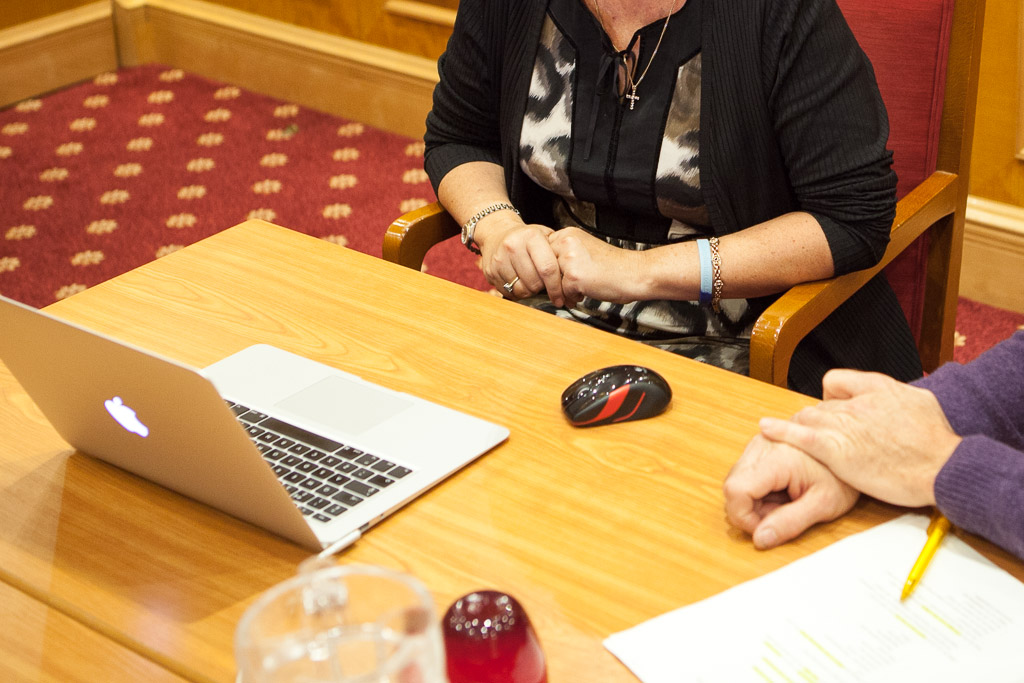The transition of HMRC to GOV.UK is just one of the projects that GDS and HMRC are collaborating on right now. There are also 4 exemplar services that cover popular transactions with HMRC:
- Digital Self Assessment
- Business tax dashboard
- PAYE for employees
- Agent online self serve
These exemplars cut across a lot of the content that we'll be transitioning, so we're keen to make sure that our user research is well integrated across all projects.

Over the last month I’ve had a great opportunity to work with the exemplar's user research and design teams on their latest rounds of research and prototyping. This has been a fantastic way to learn about the exemplar projects and the ways in which these transactions will make use of the content we are transitioning for things like further information and calculators.
In the last few weeks the team travelled to Bristol and Nottingham to research the latest Tax for my Business and Company Car Tax prototypes with small business owners and PAYE taxpayers with company cars.
I’ll use these sessions as examples of how we are doing user research for HMRC and about our plans to share insight across these projects. Since there are 4 HMRC exemplar projects, this is an incredibly busy team who work with 5 or more users each week and provide insight and design feedback to the product teams.

Research sessions vary depending on the stage of development of the prototype, but involve exploring who users are and what they do, their view of digital services and tax or other government services, and their experience of the service and digital design of the current prototype.
We use a mixture of interview and observation with digital or paper prototypes to explore these topics. In these pictures, you can see users clicking through a journey or scenario on the prototype and explaining to a researcher what they are seeing and how they understand it.
It’s worth noting that though we don’t expect single cases to represent or solve all the issues that may exist with the prototype, even a single empirical example can often help a visual or content designer view a problem in a new way.
Design research is as much about design as it is about gaining knowledge and insight. This is why we encourage our design and product colleagues from GDS and HMRC to engage with the research as much as possible.
As this work continues, we’re building an understanding of how people interact with tax (both topics and transactions). This is an exciting area and will help us develop common design patterns around tax.
For example we’ve learnt that users often want to understand their tax responsibilities. As one participant put it:
I just want to know that I’m above board with my tax.
This is incredibly useful as it helps us to define what it means to have completed a particular journey, how we present information about what is owed, or messages about actions the user needs to take.

Another example is that since the use of tax services is an infrequent task, particularly for businesses that employ accountants to help them, we can’t rely on repetition to help taxpayers understand the service.
We need to design as if the user is experiencing the journey for the first time, every time, whilst balancing this with the needs of more frequent users.
We’re working hard to make sure that although these are separately managed projects, we are building common understanding that will make sure users experience these services cohesively.
If you’d like to find out more about our approach, or what we’re discovering about the experiences of paying tax in the UK, please get in touch or post your comments below.
Leave a comment